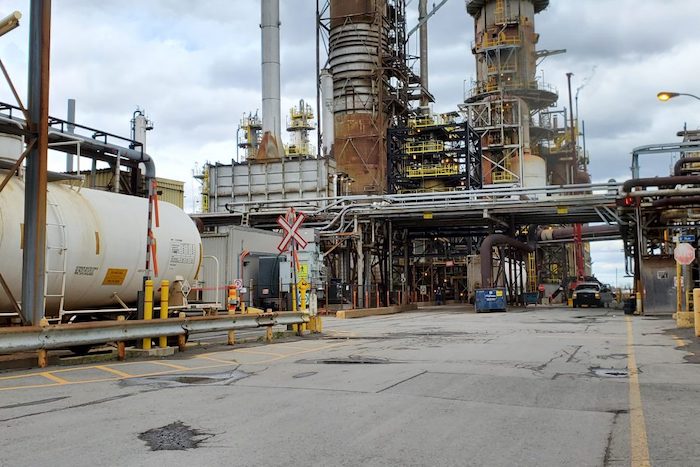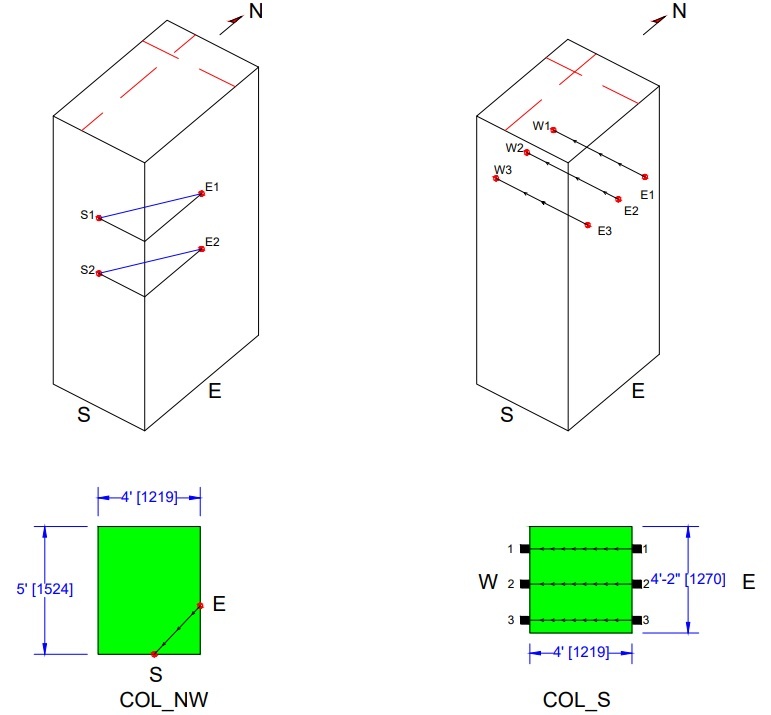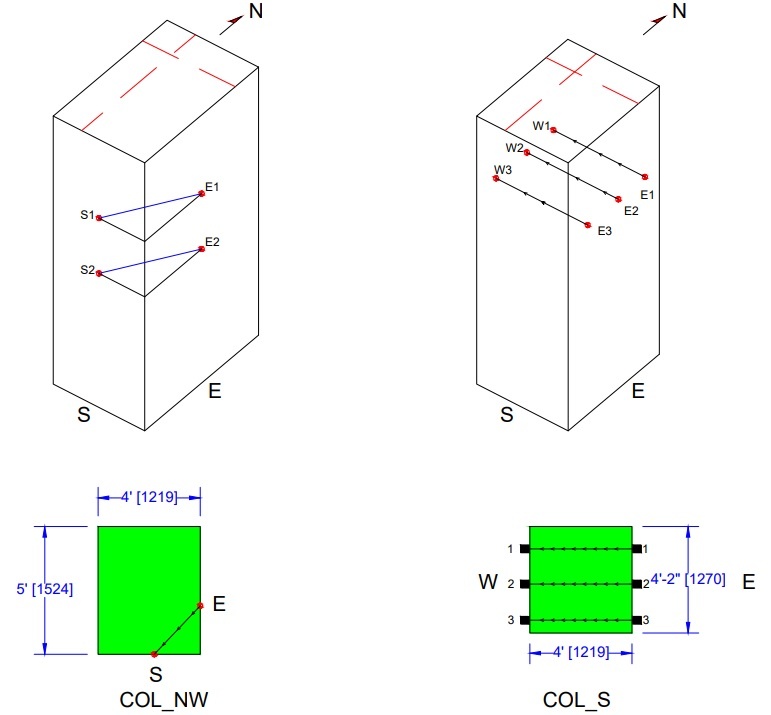
The Problem
FPrimeC was engaged by GCM Consultants to perform concrete inspection and non-destructive evaluation on concrete structure at Suncor Montreal Refinery. The client was interested in evaluating the structural integrity of the concrete structure. The main objective of this project is to perform non-destructive testing on the concrete elements to evaluate the structural integrity of the concrete structure.

Solution: Non-Destructive Evaluation
Following communication with the client, a multi-technology approach involving different non-destructive testing methods was proposed for concrete inspection and evaluation. The proposed solution involved four major steps:
A Visual Inspection was performed. This is to assess the condition of the building envelope. It includes the interior and exterior side of the concrete elements in the structure. Hammer Sounding was also conducted using a handheld hammer (metal) to test the concrete elements for potential sub-surface defects, such as delamination.
Ultrasonic Pulse Velocity was used to verify the pulse velocity in concrete, and assess concrete quality at the test area. UPV tests were performed on the different elements of the concrete structure to assess the quality of concrete. Depending on the access, different test setups (i.e., direct, semi-direct and indirect UPV) were used for measuring ultrasonic pulse velocity in the concrete. The advanced form of UPV test which is called UPV Tomography was also used in this project.
Rebound Hammer Test was used to assess uniformity and surface hardness of the concrete elements in the concrete structure. Rebound hammer test was performed in accordance with the specifications of ASTM C805.
Half-Cell corrosion mapping was used to determine the probability (likelihood) of active corrosion in the concrete slabs. The Half-Cell test was conducted according to the recommendations of the ASTM C876 on a systematic test grid and the measurements were used to create comprehensive contour map of corrosion activity for select test areas.
GPR scanning was used to detect sub-surface targets such as steel reinforcement, prestressing strands (if any), and major voids using the electromagnetic radar impulse. GPR uses electromagnetic waves to detect sub-surface targets in concrete elements.


How NDE helped in the assessment?
The comprehensive test plan allowed the FPrimeC engineers to perform non-destructive testing on the different elements of the concrete structure in order evaluate the condition and integrity of concrete in this structure. The overall condition of the concrete structure was examined through visual inspection, and a series of non-destructive evaluation and testing. The visual inspection identified the locations of the visible defects such as the disintegration and decomposition of concrete while hammer sounding helped identify possible locations of subsurface defects such as voids and severe delamination. The rebound hammer test and ultrasonic pulse velocity helped evaluate the integrity and quality of concrete at various locations. Half-Cell Corrosion Potential mapping helped locate areas where the likelihood of active corrosion may occur. And GPR helped detect the possible locations of sub-surface defects. This multi-technology approach helped the FPrimeC engineers evaluate the condition and integrity of the concrete structure.
